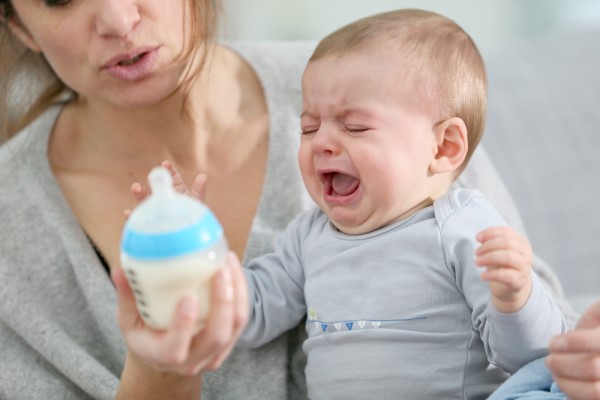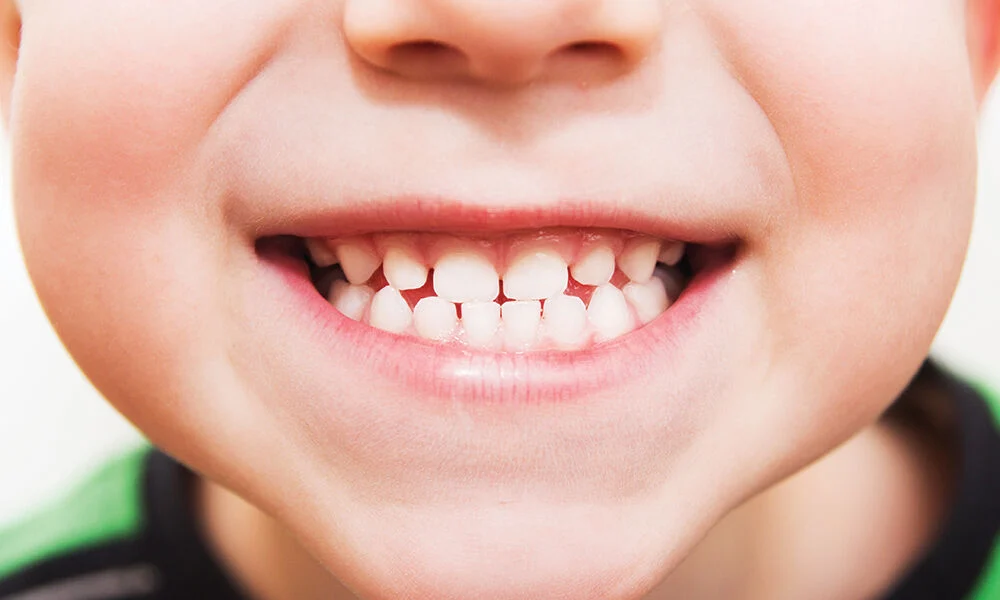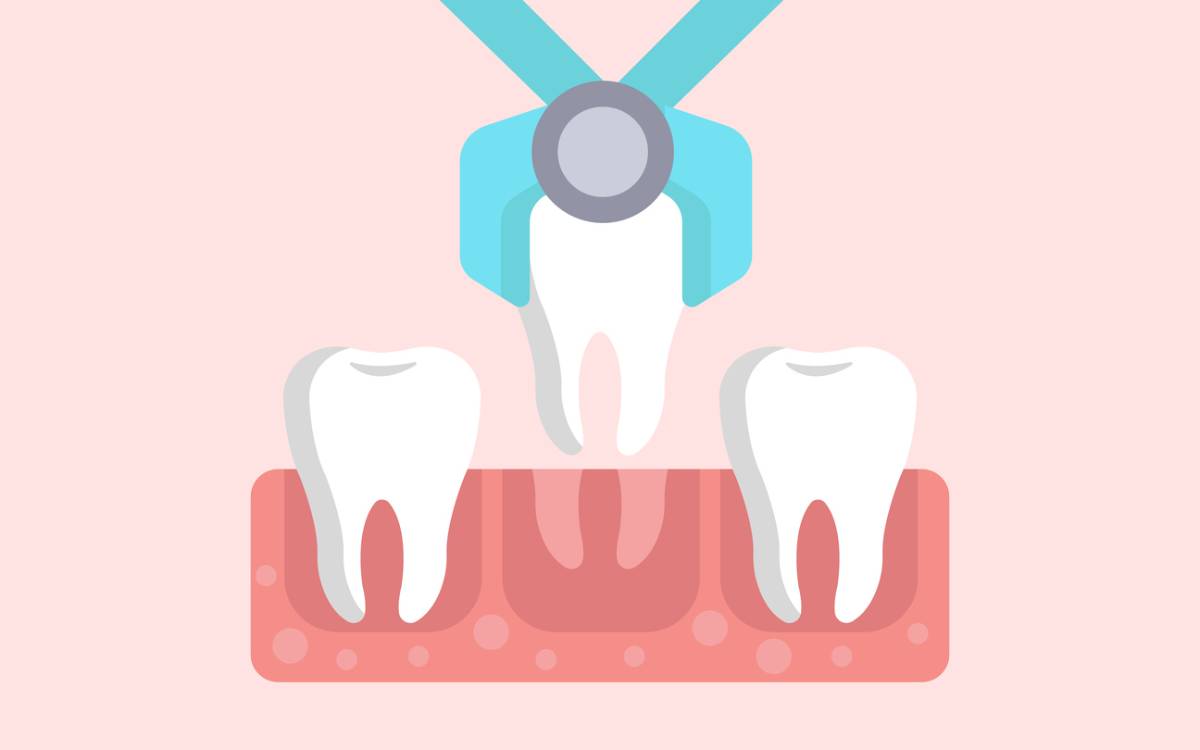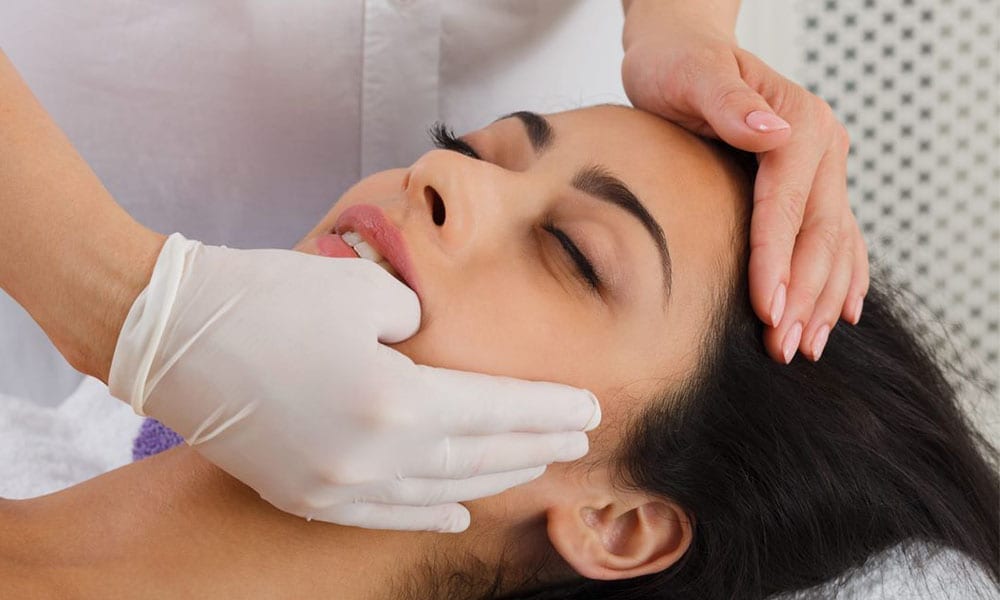As a parent, there’s nothing more precious than your child’s smile. However, a common and often overlooked threat such as baby bottle tooth decay can damage that smile. This preventable condition affects infants and toddlers, causing pain, discomfort, and potentially lifelong oral health issues. In this article, the San Jose CA dentist will explore the causes, symptoms, and prevention strategies for baby bottle tooth decay, ensuring your child’s smile remains healthy and bright.
What is baby bottle tooth decay?
Baby bottle tooth decay, also known as early childhood caries, is a type of tooth decay that affects infants and toddlers. It occurs when a child’s teeth are exposed to sugary liquids, such as formula, milk, or juice, for an extended period, causing bacteria to feed on the sugars and produce acid that attacks the tooth enamel. This can lead to demineralization and decay of the teeth, often on the front teeth, but also on other teeth. The decay can progress rapidly, causing pain and discomfort and potentially leading to more severe oral health issues if left untreated.
What causes baby bottle tooth decay?
Baby bottle tooth decay occurs when a child’s teeth are exposed to sugary liquids, such as formula, milk, or juice, for an extended period. The bacteria in the mouth feed on these sugars, producing acid that attacks tooth enamel, leading to decay.
The most common culprits are:
- Prolonged bottle feeding
- Frequent nighttime feedings
- Using a bottle as a pacifier
- Adding sugar or honey to bottles
- Inadequate oral hygiene
What are the symptoms of baby bottle tooth decay?

Recognizing the signs of baby bottle tooth decay is crucial for early intervention. Look for:
- White or brown spots on teeth
- Discoloration or staining
- Sensitivity or pain when feeding
- Redness or swelling of the gums
- Unpleasant odor or taste
How is baby bottle tooth decay treated?
Treating baby bottle tooth decay depends on the severity of the decay and the age of the child. Here are some common treatment options:
- Fluoride treatments: Topical fluoride applications can help reverse the early stages of tooth decay.
- Fillings: Tooth-colored fillings can repair cavities and restore teeth.
- Crowns: Stainless steel or tooth-colored crowns may be necessary for more extensive decay.
- Extractions: In severe cases, extraction of the affected tooth may be required.
- Pulp therapy: If the decay has reached the pulp, a pulp therapy procedure may be necessary to save the tooth.
- Habit counseling: Breaking the habit of prolonged bottle feeding or frequent nighttime feedings is crucial to preventing further decay.
- Oral hygiene instruction: Educating parents on proper oral hygiene techniques, such as brushing and flossing, is essential.
- Dietary counseling: Advising parents on a healthy diet and reducing sugary liquids can help prevent future decay.
- Regular dental check-ups: Scheduling regular dental visits ensures monitoring and early intervention.
How can baby bottle tooth decay be prevented?
Preventing baby bottle tooth decay requires a combination of good oral hygiene habits, smart feeding practices, and regular dental check-ups.
- Establish a brushing routine: Clean your child’s teeth with a soft-bristled toothbrush and fluoride toothpaste, starting from the first tooth eruption.
- Limit sugary liquids: Offer water or diluted juice instead of sugary drinks.
- Avoid nighttime feedings: Gradually wean your child off nighttime bottles.
- Use a pacifier wisely: Offer a pacifier only when necessary, and never dip it in sugar or honey.
- Schedule regular dental check-ups: Visit your pediatric dentist every six months.
Final thought
Baby bottle tooth decay is a preventable condition that can have lasting consequences on your child’s oral health. By understanding the causes, recognizing the symptoms, and implementing prevention strategies, you can protect your child’s smile. Remember, a healthy smile is a precious gift – take the necessary steps to preserve it.



